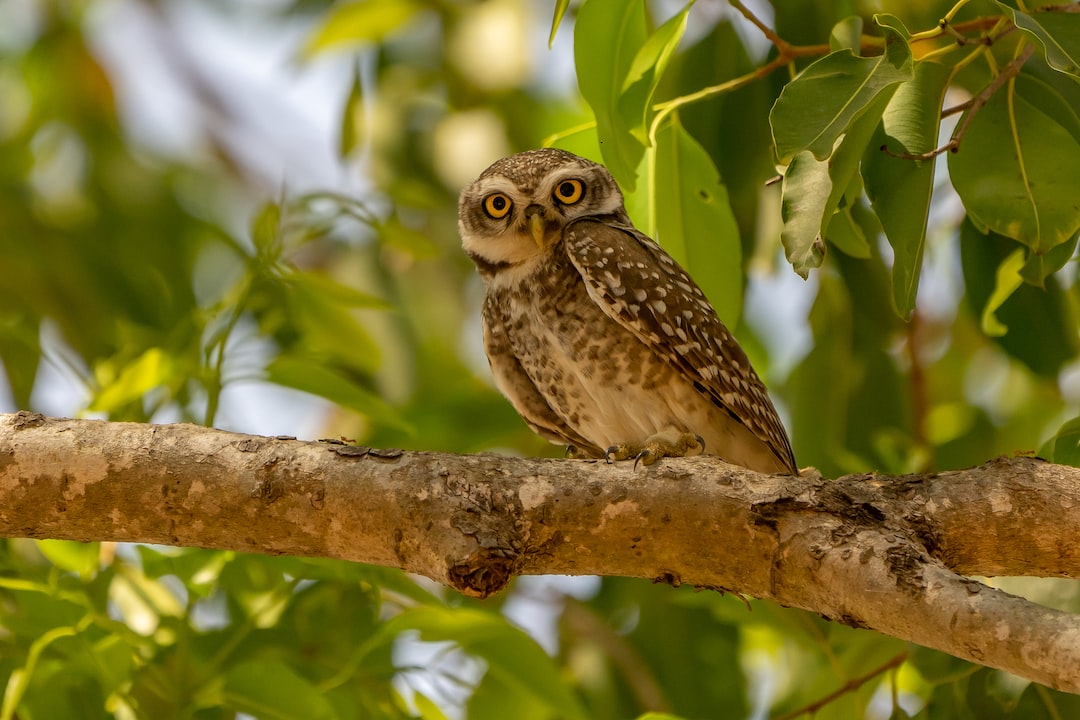Unraveling the Mystery of Animal Communication
Have you ever wondered how animals communicate with each other? The ability to understand and decode animal communication has long been a fascinating subject for scientists and nature enthusiasts. While we may not possess the same means of communication as animals do, it is astonishing to discover the intricate ways in which they express their thoughts, feelings, and desires. In this blog post, we will delve into the captivating world of animal communication and explore some of the methods animals use to communicate with one another.
One of the most common forms of animal communication is through vocalizations. Birds, for instance, have an extensive range of songs and calls that they use to communicate with their mates, establish territory, or warn others of potential dangers. Each bird species has its unique vocal repertoire, often consisting of different melodies and patterns. Research has shown that some birds even have the ability to recognize individual calls and respond accordingly, showcasing their astounding communication skills.
While vocalizations are prevalent among many animals, other species employ non-verbal methods of communication. Take bees, for example. Bees have an elaborate dance language known as the “waggle dance.” Worker bees use this dance to communicate the exact location of a food source to their hive mates. By wagging their abdomens and moving in specific patterns, they convey information about the distance, direction, and quality of the food source. This intricate dance allows the entire colony to efficiently gather resources and demonstrates the high level of communication within bee communities.
Another fascinating example of animal communication can be found in primates, particularly in the bonobo and chimpanzee species. These highly intelligent creatures communicate through a combination of gestures, vocalizations, and facial expressions. They use a form of sign language, known as “primate gestures,” to convey their intentions and needs. Chimpanzees, for instance, may extend a hand to initiate play or show an open palm as a sign of submission. These non-verbal gestures play a crucial role in maintaining social bonds and resolving conflicts within their communities.
Furthermore, some animals rely on chemical signals to communicate effectively. Pheromones, which are chemical substances secreted by animals, play a vital role in their communication repertoire. Many mammal species, such as dogs and cats, use pheromones to mark their territories and communicate with others. These invisible chemical messages can convey information about an animal’s reproductive status, dominance, and even emotional state. For instance, female cats release pheromones to signal their readiness to mate, attracting potential partners from a distance.
In recent years, researchers have also discovered that some animals possess the ability to use visual signals as a means of communication. Cuttlefish, for example, are known for their remarkable ability to change the color and pattern of their skin to communicate various messages. They can blend in with their surroundings to avoid predators or display vibrant colors and quick movement to attract mates. This visual communication extends beyond cuttlefish and can be observed in various species of marine life. The intricate dance of colors and patterns displayed by these creatures unravels a mesmerizing world of non-verbal communication.
Understanding the intricacies of animal communication opens doors to a deeper connection with the natural world around us. Through studying and appreciating the different forms of animal communication, we gain insight into the complex social structures, behavioral patterns, and survival strategies of various species. Moreover, it reminds us that even though we may not share the same language, animals possess a sophisticated way of communicating that sustains their livelihood and fosters their relationships.
Next time you encounter an animal, perhaps a bird singing or a bee buzzing nearby, take a moment to reflect on the hidden dialogue happening all around us. By unraveling the mystery of animal communication, we become more attuned to the wonders of nature and gain a newfound appreciation for the diverse creatures we share our planet with.

